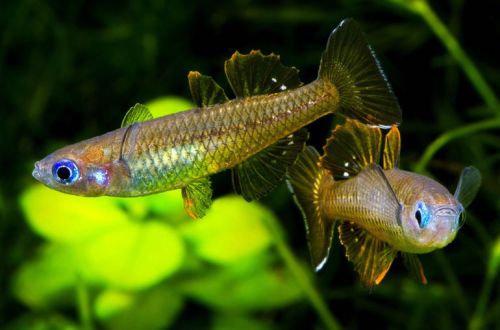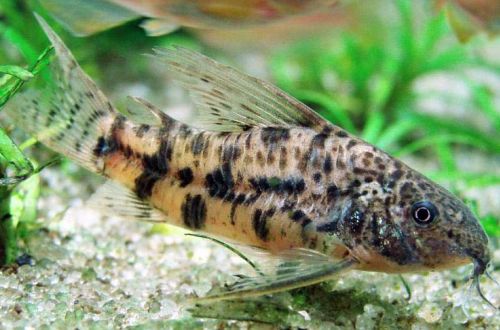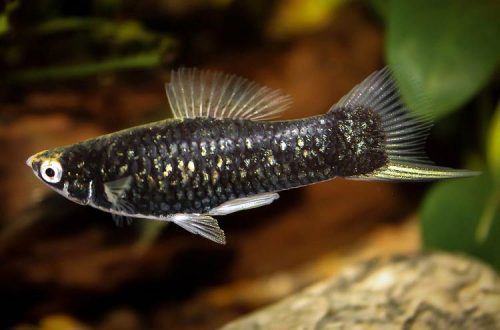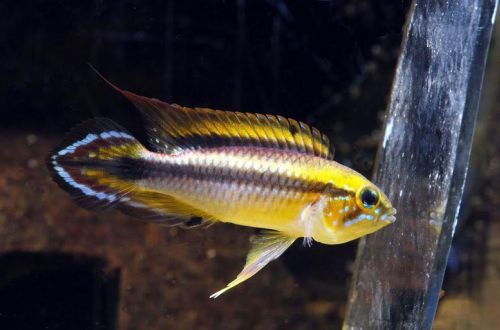
Apistogramma Agassiz
Apistogramma Agassiz or Cichlid Agassiz, scientific name Apistogramma agassizii, belongs to the Cichlidae family. A popular beautiful fish, it has many breeding forms that differ mainly in color. Unpretentious, easy to keep and breed, can be recommended to beginner aquarists.

Contents
Habitat
It originates from the central part of the Amazon in the territory of modern Brazil, in particular from the basins of the Manacapuru and Solimões rivers. These rivers, like other tributaries of the Amazon in this region, have very wide floods, which are sometimes referred to as lakes. Inhabits swampy areas of rivers with a slow flow and dense vegetation. The habitat is subject to slight seasonal changes. In the winter months (in our hemisphere this is summer), the amount of precipitation is reduced by three or more times, which somewhat reduces the area of wetlands and leads to a change in the hydrochemical composition of water.
Brief information:
- The volume of the aquarium – from 60 liters.
- Temperature – 22-29°C
- Value pH — 5.0–7.0
- Water hardness – soft (1-10 dGH)
- Substrate type – sandy
- Lighting – subdued
- Brackish water – no
- Water movement is weak
- The size of the fish is 5–7.5 cm.
- Nutrition – meat feed
- Temperament – peaceful, except during spawning periods
- Keeping in a group with one male and several females
Description
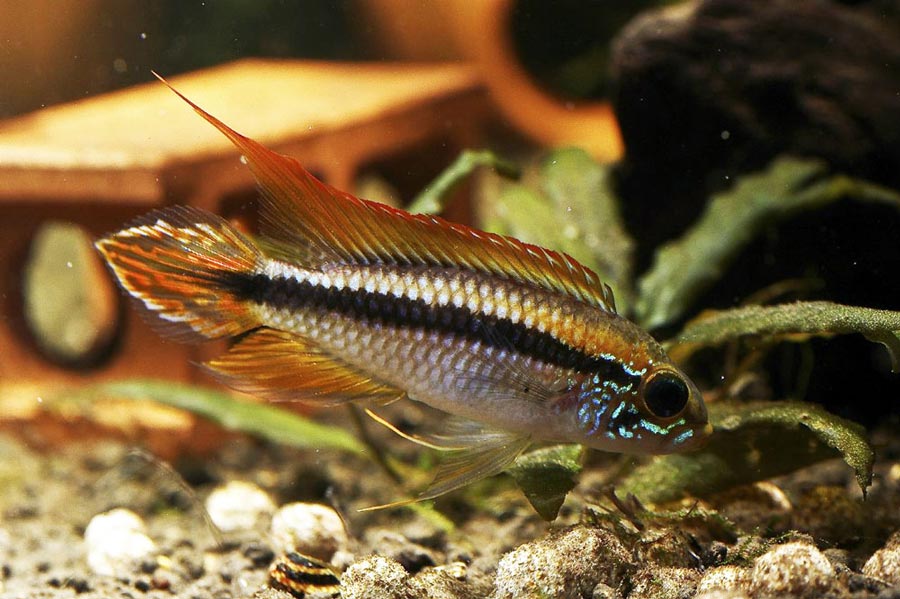
Adults reach a length of 5–7 cm. Males are larger and more colorful than females, and also have more elongated fins. Several decorative forms have been bred that differ in color, however, yellow colors can be considered dominant. In the body pattern, a dark horizontal stripe running along the lateral line, a small stroke and speckled fin edging stand out.
Food
In nature, it feeds on small benthic invertebrates and crustaceans, insect larvae, etc. In a home aquarium, the basis of the diet should also consist of meat products, such as live or frozen food (bloodworm, daphnia, brine shrimp). Alternatively, sinking foods (flakes, pellets) with a high protein content can be used.
Maintenance and care, arrangement of the aquarium
The conditions of keeping and requirements for the design of the aquarium are not so critical for the breeding forms of Cichlid Agassiz in comparison with representatives of the species caught from the wild. The latter are extremely rare on sale, especially on the European continent and in Asia.
For several fish, an aquarium with a volume of 60 liters or more is enough. The design uses a sandy substrate and several snags with areas of dense vegetation that can serve as shelters. The lighting level is subdued.
Water conditions have slightly acidic pH values and low carbonate hardness. To give the water a brown tint characteristic of its natural habitat, beech, oak, Indian almond leaves or special essences are added. The leaves are pre-dried, then soaked and only then placed in the aquarium. As they decompose, the water will become saturated with tannins and turn tea-colored.
In the process of maintaining the aquarium, it is recommended to replace part of the water with fresh water, but not more than 10–15% of the volume, so as not to accidentally initiate the start of the mating season for fish.
Behavior and Compatibility
Peaceful calm fish, except during spawning periods, when females, and especially males, can become overly aggressive in small aquariums. It gets along well with other species of similar size and temperament. Joint keeping with related Apistograms should be avoided, otherwise there is a high risk of getting hybrid offspring.
Breeding / breeding
Under optimal conditions (suitable hydrochemical composition and water temperature, balanced nutrition), the probability of the appearance of fry is very high. As noted above, spawning is stimulated by a one-time renewal of a large volume of water (about 50%) – this is a kind of imitation of the beginning of the rainy season, when heavy rainfall occurs after the end of the dry period.
The female lays eggs in shelters and stays close to the clutch to guard her. The parental instincts do not end there, in the future she will protect the fry that will stay close to her. The male is also involved in the protection of offspring, but often he becomes overly aggressive and has to be temporarily relocated to a separate aquarium.
If several females are kept together, then all can give offspring at once. In this case, it should be provided that the number of shelters coincides with the number of females, and they are located at a distance from each other.
Fish diseases
The main cause of most diseases is unsuitable living conditions and poor-quality food. If the first symptoms are detected, you should check the water parameters and the presence of high concentrations of hazardous substances (ammonia, nitrites, nitrates, etc.), if necessary, bring the indicators back to normal and only then proceed with treatment. Read more about symptoms and treatments in the Aquarium Fish Diseases section.



